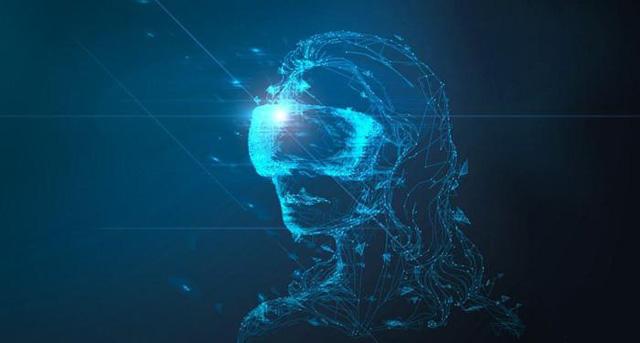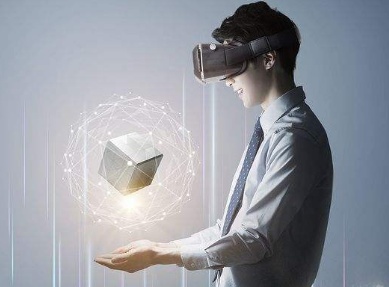What is VR Technology
The full name of VR technology is Virtual Reality. We call it spiritual realm technology. VR is a brand-new practical technology in the 20th century. Virtual reality technology employs other technologies. It has electronic information. Such as computer and Simulation. It achieves with the computer simulating the virtual environment. It gives you a sense of immersion. Social production and science and technology developed a lot. The exploration of VR technology in all walks of life is vigorous. VR technology has developed extremely rapidly in such a short time. There is a tendency to become a new field.

We can trace the concept of VR back to ALDOUS HUXLEY's novel. The novel is Brave New Word in 1932. This novel is set in the 26th century. It describes the life scenes of people in the future society. Mechanical civilization is the deputy. The book mentions "head-mounted devices. It can provide carriers with a series of sensory experiences. Such as images, smells, sounds, etc. people can immerse in the virtual world".
Virtual reality technology integrates science and technology. Sensor technology at the hardware level. Computer graphics technology on the software level. Simulation technology, display technology and so on. It creates a virtual information environment. It is in multi-dimensional information space. It makes users feel personally present. There is perfect environmental interaction.
The core of connecting virtual and real is sensor technology. We use VR devices. The most critical indicator is the user's location information in the virtual world. These are some determined factors. It measures the orientation, posture of the head and physical position.

There are three main types of sensors in VR equipment. The most important is IMU sensor. It contains gyroscopes, acceleration sensors and geomagnetic sensors. IMU sensors can capture head rotation.
Secondly, the second category can capture positioning and motion. It is our common so-called other types of sensors.
We put the rest of the things here. They are not easy to classify. There is a proximity sensor for wearing detection. Capacitive Sensor for Touchpad. These are common sensors. There are high dynamic capture cameras for eye tracking. Some sensors realize gesture recognition and AR function, etc. Some future VR devices may apply these sensors.
These hardware bases offer some data. You have the basic conditions to enter an immersive "dream". Yet you need a "brain" to process it. You require computers to realize this.
The progress of science and technology makes VR closer to popularization. Many large companies have launched their own VR products. Google has launched a cheap and easy-to-use Cardboard. Samsung Launches Gear VR. Consumer VR began to emerge in large numbers. VR will definitely make the future better.